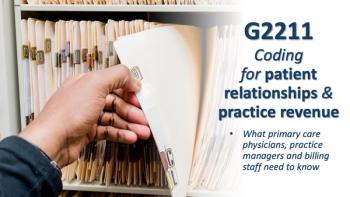
Appropriate Chart Review Requires Standardization
Whether you are working with off-shore radiologists or your own coding department, using the same language is vital.
It is not uncommon for certain physician functions to be outsourced to other countries; for example, having a radiologist in India interpret CT scans or X-rays. Legal considerations aside (and there are many), an entity contracting with physicians in India should familiarize themselves with the Government of India's "Electronic Health Record Standards for India" (Aug. 2013). Considered a "living document," the ultimate goal is standardization. What is more interesting is the recognition of ICD10-CM. ICD10-PCS is unique to America, so it is not surprising that it was not referenced.
This excerpt provides a great deal of food for thought:
"[O]rganizations may use the same information model, but use different vocabularies or code sets (for example, Systematized Nomenclature of Medicine Clinical Terms (SNOMED CT®) or ICD10-CM within those information models. To achieve interoperability at this level, standardizing vocabularies, or mapping between different vocabularies (using tools like Unified Medical Language System (UMLS)) may be necessary."
While this relates to communications in India, a lot can be applied to the United States in terms of reimbursement. First, consider the reference to different vocabularies. It is important for physicians and coders to be on the same page in terms of understanding what a particular condition means. For example, there is a significant difference between "disease" and "disorder" and not appreciating the difference can lead to an incorrect code, an increased cash gap and delayed reimbursement.
Second, whether it is ICD-9 or ICD-10, make sure that the mapping and language are in sync between the provider and the insurance company. The insurance company can be a government entity (i.e., CMS) or a private insurance company (i.e., Humana). Third, mapping codes are utilized in comparing ICD-9 to ICD-10. When appropriate, continue to utilize and prepare for the new ICD-10 implementation date of Oct. 1, 2015.
In sum, the same problems that can arise when having medical records reviewed abroad can arise in the United States. Just as it is important to ensure that the vocabulary and coding systems map appropriately when outsourcing, it is equally important to make sure that the same measures are taken when conducting business domestically. Doing so can allow a more consistent revenue stream.
Newsletter
Optimize your practice with the Physicians Practice newsletter, offering management pearls, leadership tips, and business strategies tailored for practice administrators and physicians of any specialty.










